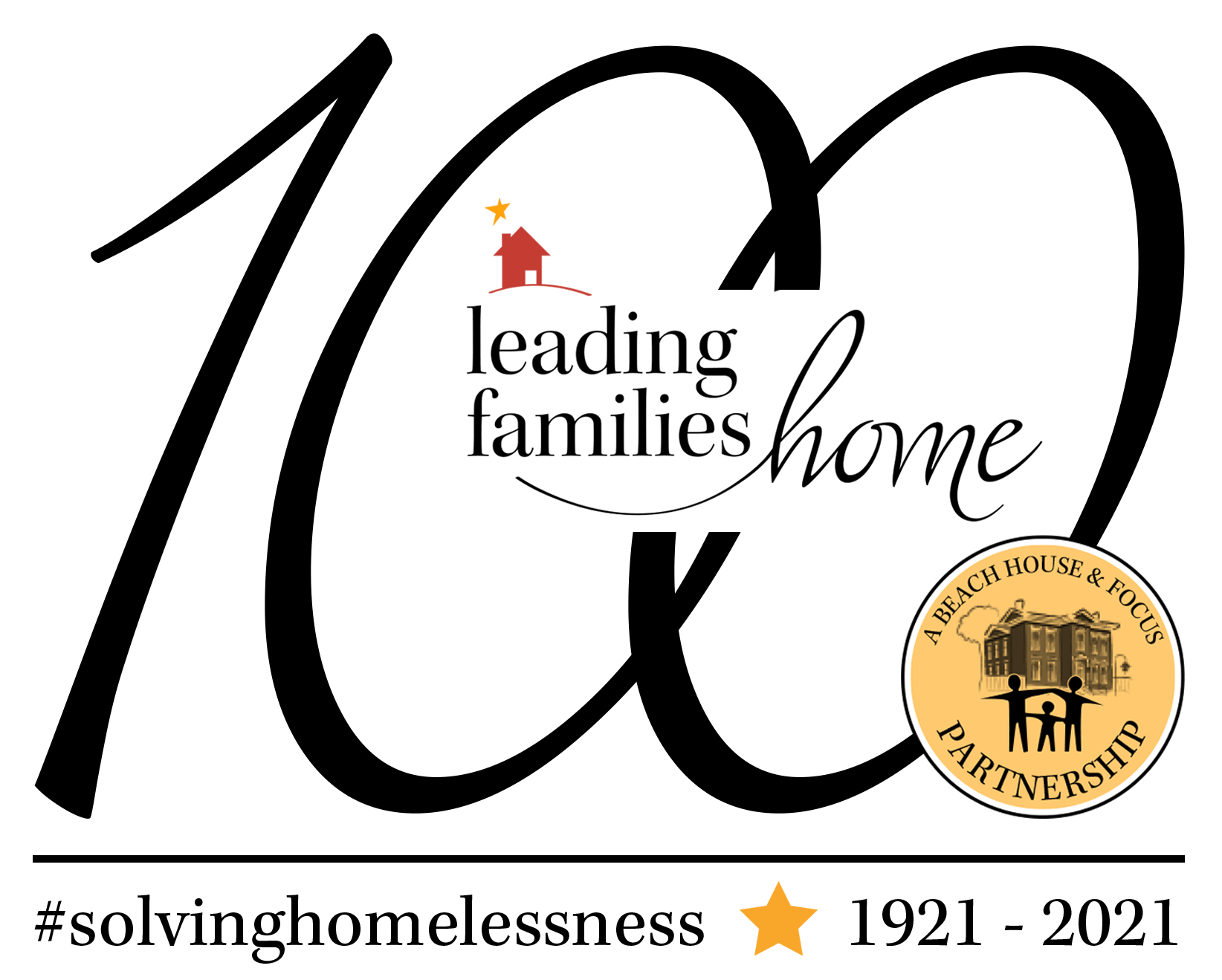Learn About Homelessness
Interested in #solvinghomelessness? The first step is to educate yourself. Below you'll find articles that will inform you about the state of homelessness, the factors that impact homelessness, and what we're doing to help families transition from homelessness to permanent housing.
Homelessness
People experience homelessness for many reasons – reasons that may be different than what you think. People may face homelessness because they can’t afford housing in the city where they live or due to health issues or personal circumstances that they cannot control, such as mental illness and domestic violence. Homelessness is also exacerbated by racial inequality, lack of re-entry programs for prisoners, and government legislation.
Homelessness in Toledo
The homeless population is counted every January in our community of Toledo and Lucas County. This is required in order to receive federal money from the Department of Housing and Urban Development (HUD).
Preventing Homelessness
Another solution to ending homelessness is to prevent it in the first place. Coalition for the Homeless (CFTH) suggests many ways to help prevent homelessness, including eviction prevention, offering legal help to low-income tenants in housing court, programs for those transitioning from foster care or prison, and support services.
Crisis Response
The need for affordable housing and preventing homelessness are closely followed by the need for a strong crisis response system. A crisis response system involves identifying the homeless and connecting them to services through outreach programs.

